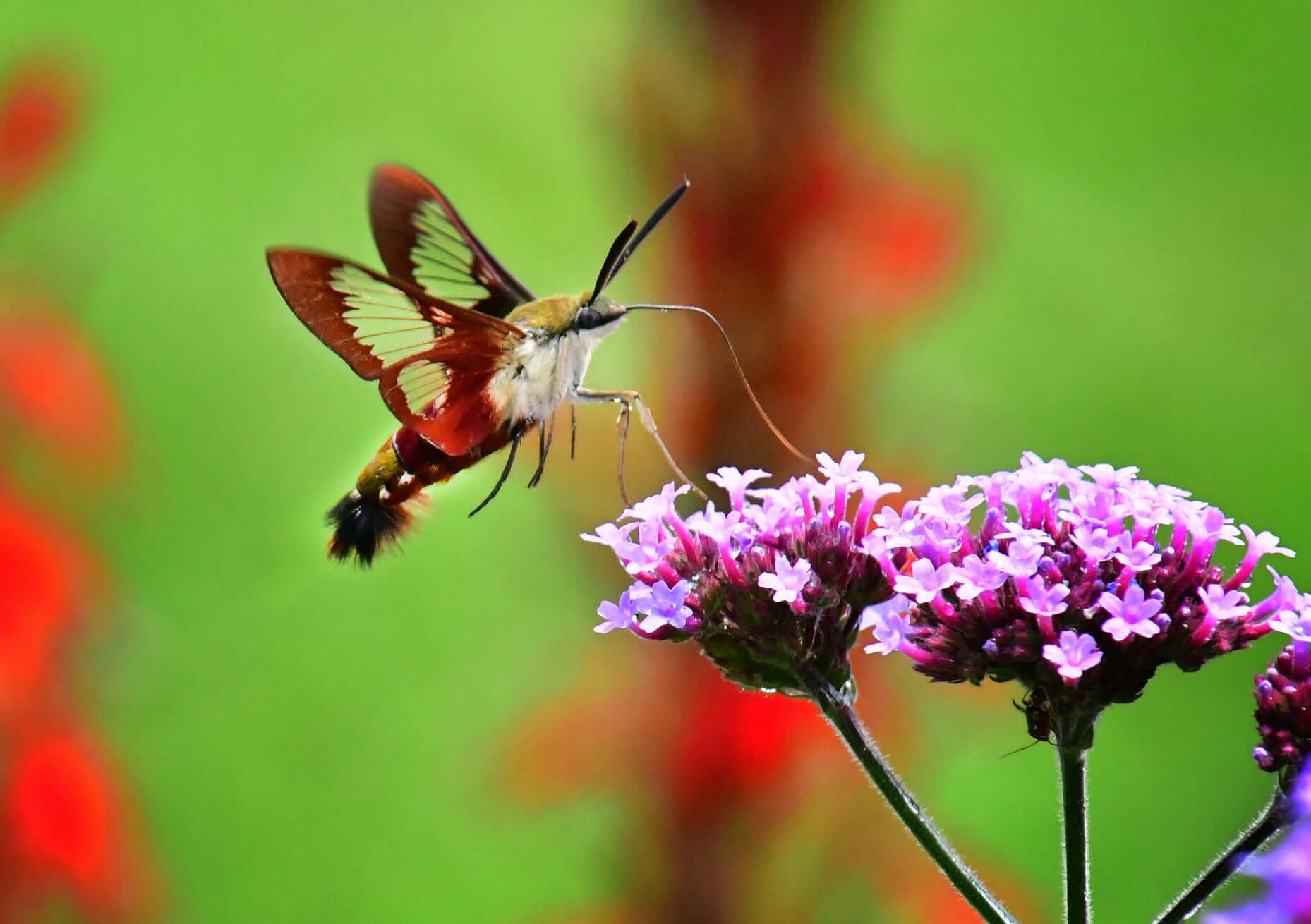Life Cycle: Perennial
Sun Exposure: Full, Partial shade
Soil Moisture: Medium-Dry
Height: 3 feet
Plant Spacing: 10-18 inches
Bloom Time: June-July
Bloom Color: Pink
Advantages: Pollinator Favorite, Bird Favorite, Deer Resistant, Great landscaping plant
Host Plant: Possibly the Sunflower Moth
Specialist Bee: Mining Bee Andrena helianthiformis (Holm, 2017)
Complementary Plants: Little Bluestem, Beard Tongues, Thimble Anemone, Ohio Spiderwort
Resources: Holm, Heather. Bees: An Identification and Native Plant Forage Guide. Pollination Press, 2017









